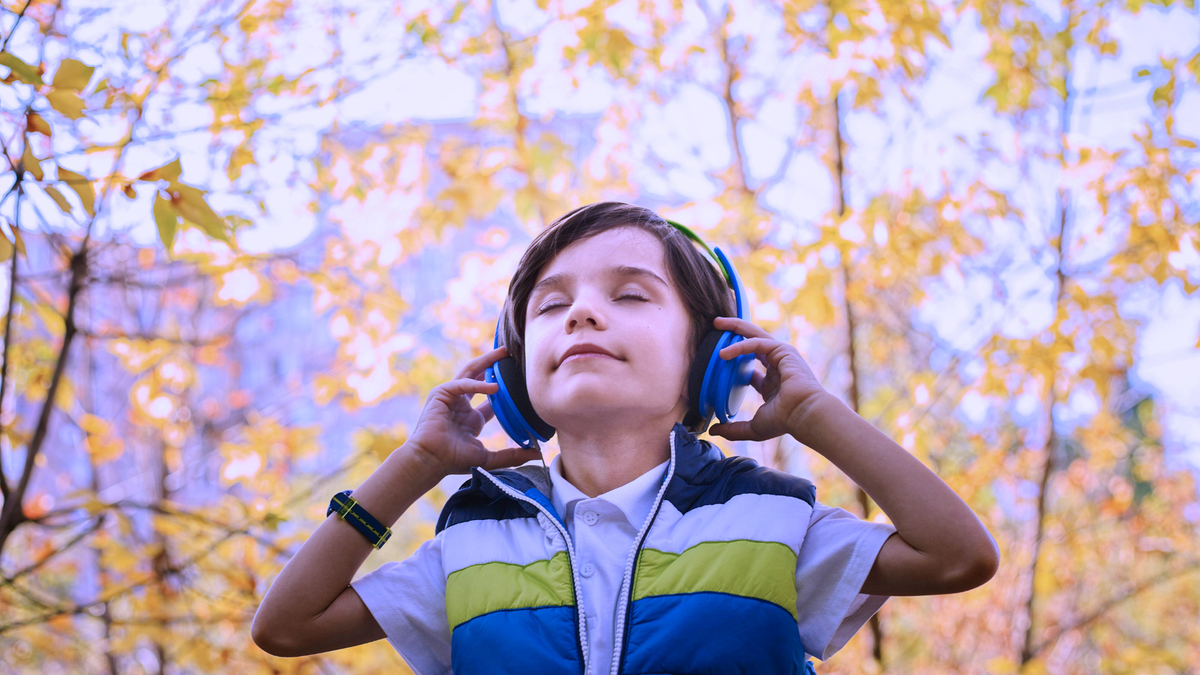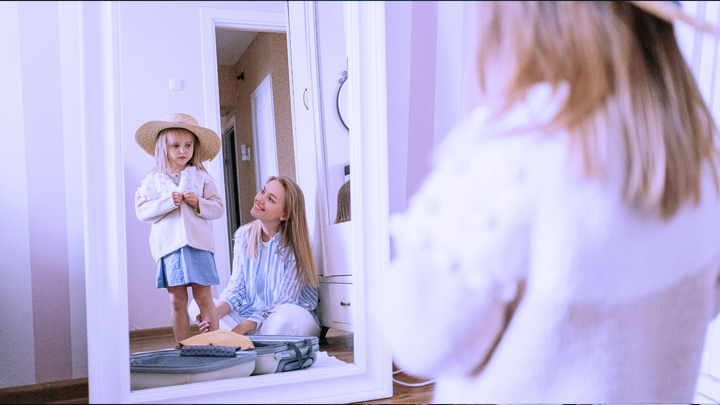The Power of Children's Success Visualization

What if the secret to raising confident, goal-oriented children wasn't locked in a faraway parenting manual, but instead in the way they see themselves—right in their own minds? Enter children's success visualization, a transformative blend of mental imagery and proven parenting strategies that can equip kids to achieve more than they ever thought possible. It's not magic. It's science, and it's reshaping the way parents and educators empower the next generation.
Why Children's Success Visualization Matters
Children's success visualization is about building the mental habits that shape emotional resilience, focus, and self-belief. Studies show that children who practice visualization; mentally rehearsing their goals and picturing success, are better equipped to tackle challenges in academics, sports, and even social relationships. Visualization sharpens problem-solving skills, boosts confidence, and helps kids stay motivated, even when the going gets tough.
The effectiveness of visualization skyrockets when combined with authoritative parenting. This parenting style provides the perfect mix of warmth, structure, and high expectations, creating an environment where kids feel safe to dream big and work hard to achieve those dreams.
The Foundation: Authoritative Parenting
If parenting styles were a team, authoritative parenting would be the MVP. It strikes the perfect balance between nurturing support and firm boundaries, which has been consistently linked to academic achievement, emotional intelligence, and strong social skills. Authoritative parents encourage independence while providing the structure kids need to thrive.
Picture a child preparing for a big soccer game. An authoritative parent might say, “I know you're nervous, but you've practiced so hard for this. Close your eyes and picture yourself scoring that winning goal.” This simple act of encouragement paired with visualization teaches kids to connect effort with outcomes, a skill they'll carry for life.
How Visualization Works for Kids
Visualization is like a mental dress rehearsal. By imagining a scenario in vivid detail, kids can prepare their minds and emotions for real-life challenges. It's the reason elite athletes visualize crossing the finish line before the race even starts. And guess what? Kids can do it too.
For younger children, the process can start with guided imagery. Parents can ask questions like, “What does it look like when you've finished your art project? How do you feel when you show it to your teacher?” Older kids might benefit from visualizing specific steps to achieve a goal, such as acing a math test or nailing a piano recital. The key is to make the mental picture as vivid as possible, engaging all five senses to bring the scenario to life.
Actionable Steps to Foster Children's Success Visualization
Ready to help your child unlock their potential? Here are some actionable tips to integrate visualization into daily life:
Create a Visualization Routine
Just like brushing teeth, visualization works best when it's a regular habit. Set aside a few minutes each day, perhaps before bedtime or on the way to school, for your child to imagine themselves achieving a specific goal. The consistency will reinforce positive mental habits over time.
Pair Visualization with Positive Affirmations
Encourage your child to use affirmations during their visualization exercises. Phrases like “I am capable” or “I can handle challenges” can help build a growth mindset and boost self-esteem. For added inspiration, tools like the Positive Affirmations and Pep-Up Posters from the Conqur app provide vibrant, uplifting visuals that nurture confidence and a growth mindset in children.
Encourage Reflection and Small Wins
After a visualization session, ask your child how they felt and what they imagined. Celebrate their small wins along the way, whether it's improving in a school subject or making a new friend. These moments of reflection and reinforcement make the practice more impactful.
Model Visualization Yourself
Kids are sponges, and they're more likely to embrace visualization if they see you doing it too. Share your own goals and how you visualize achieving them. For example, you might say, “I'm giving a big presentation at work tomorrow. I've been imagining myself speaking confidently and answering questions with ease.”
Overcoming Challenges
Life is busy, and not every child will take to visualization like a fish to water. Some may struggle with focus, while others might feel awkward at first. That's okay. Start small and keep it fun. You can even turn visualization into a game by asking your child to “imagine their superhero self” tackling a tricky situation.
If your child's temperament or cultural background calls for adjustments, be flexible. Visualization is a tool, not a one-size-fits-all solution. Tailor it to fit your family's unique dynamics and needs.
The Bigger Picture
When children learn to visualize their success, the benefits extend far beyond the individual. Families that embrace these practices often report stronger bonds and healthier communication. Communities, too, can thrive when schools and organizations incorporate success visualization into their programs.
Imagine a world where kids grow up not only dreaming big but also equipped with the mental tools to turn those dreams into reality. That's the power of children's success visualization—and it starts with the small, intentional steps you take today.
Take the First Step
Ready to help your child see their future in a whole new way? Start by introducing simple visualization exercises into their daily routine. Pair these practices with the warmth and structure of authoritative parenting, and watch as your child's confidence, focus, and resilience soar. For even more engaging tools to nurture their imagination and growth, explore the Kids' Hub on the Conqur app.
The journey to success begins with a single image. What will your child imagine today?


